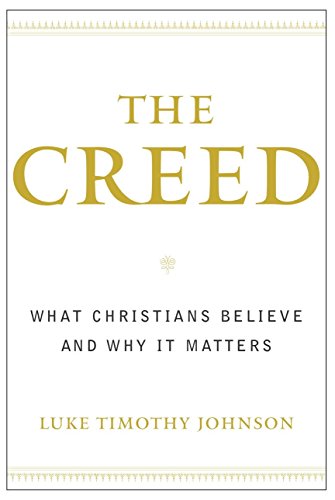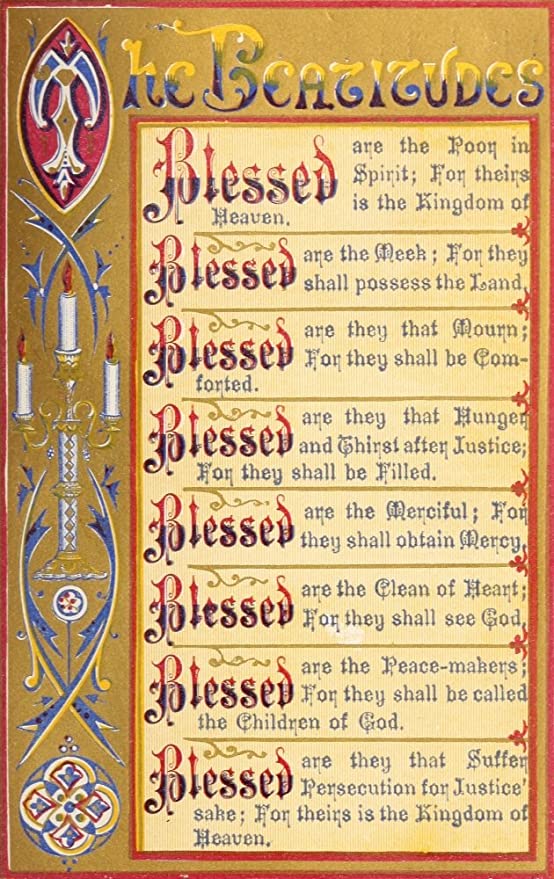The Creed – The Resurrection of the Dead, pt.2
The Church sees the human body, which Christ himself took on, to be something good but which will be transformed in the life to come. 1 Cor. 15:25-49. The body isn’t something to be carelessly discarded, but to be renewed.
The Creed – The Resurrection of the Dead, pt.2 Read More »


